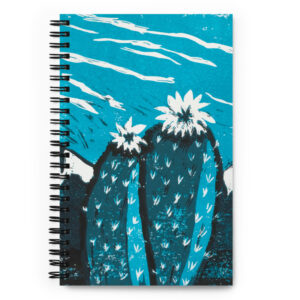This week as things piled up for me work wise, I still miraculously found time to draw a little. As I was working on a charcoal drawing of myself and my son, I discovered I wanted to take it a step further and make it into a monotype using plexiglass.
I had this in my head for a while now, about a year. The time period was a hard one for myself and my kids. This photograph of me holding my son as we both fell asleep on the couch I thought was beautiful enough to make a piece of art out of it.
Charcoal Drawing:
Here is my drawing I started with. It may look a little familiar to you if you watched my video about trace monotypes. The trace monotype video has just the outlines of this image. You can watch that here.
Monotype Portrait
For this portrait in monotype, I wanted to test out using plexiglass for the matrix. I placed the plexiglass about 18 by 24 inches on top of my charcoal drawing and went to town with ink.
I used a combination of brushes, brayers, and towels to add and remove ink.
Every time I added Ink with a brush, I knew it was going to show up much darker. Every time I removed ink with a towel or q tip, I knew the area would be a lot lighter.
This post contains affiliate links, which generates some small commissions at no extra cost to you. This commission helps keep this blog and shop running. Thank you for your support. See my disclosure form for more information.
Ink
I used Speedball’s Supergraphic Black Professional Ink and it stayed wet enough for a while so I could work with it.
It was also a breeze to clean up with.Making the plexiglass reusable.

Find out what my favorite inks for linocut are here.
Process
I made a little video about my process making this monotype which you can check out here.
I started with my drawing as I showed earlier and then I laid the plate directly over it so I could see the drawing underneath.
Then I started rolling my ink and using brushes to add and remove the inks until I liked what I saw. Since I do not have a light table large enough yet, I held up my inked plate up against light so I could see what it looked like before printing.
For the paper, I used a very thin beginners printmaking paper, which, after using it for this, I decided I do not think I will use it for this purpose again. I dampened it a little to aid in ink transfer. Then I ran it through the press.
For those who do not have a printing press at home, here is an article about handprinting linocuts.
If you want to hand press monotypes, I would suggest using a gel plate. You will get very good results with little pressure.
The Results
Here is the results from the first run. I did not like how light it came out as well as how the details in the darker sections.
After reworking the plate again I added a lot more dark sections. I am glad I did, because I really like the way the next two prints turned out. The only drawback was the paper I used. It crinkled in the press. The last photo is the ghost print which is my favorite.
Please Subscribe
Please subscribe to the website so you do not miss out on any articles about printmaking at home.


